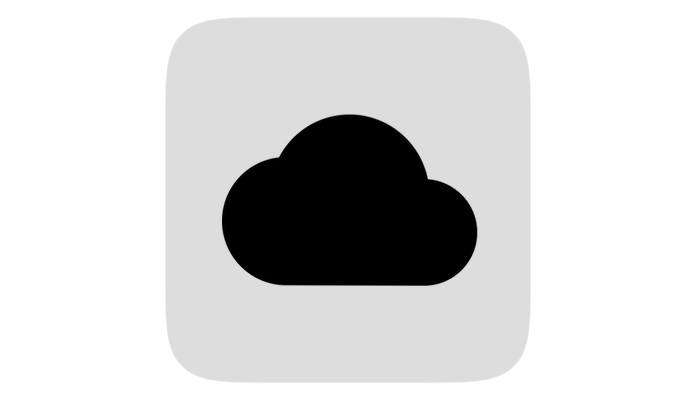

Table of content
- TL;DR
- Introduction
- What is Software as a Service (SaaS)?
- The Evolution of Software Delivery
- Advantages of SaaS
- Challenges and Risks of SaaS
- Common SaaS Examples
- Is SaaS Right for You?
- SaaS Pricing Models
- Conclusion
TL;DR
Software as a Service (SaaS) revolutionizes software distribution by providing cloud-hosted applications accessible over the internet. It eliminates the need for on-premises installations, offering flexible payments, scalability, automatic updates, and customization. However, it comes with challenges such as vendor control, versioning, vendor lock-in, and security concerns.
Introduction
In a world that’s constantly evolving, the way we access and utilize software has undergone a significant transformation. Enter Software as a Service, commonly referred to as SaaS, a revolutionary approach that has simplified software deployment and management for individuals and businesses alike. In this article, we’ll dive into the world of SaaS, highlighting its key benefits and why it has become a game-changer in the software industry.
What is Software as a Service (SaaS)?
Software as a Service (SaaS) is a cloud computing model that allows users to access software applications via the internet, rather than installing and maintaining them on individual computers or servers. In simpler terms, it’s like renting software online rather than buying and installing it on your computer.
SaaS is one of the three primary categories of cloud computing, alongside Infrastructure as a Service (IaaS) and Platform as a Service (PaaS). Unlike IaaS and PaaS, SaaS products are designed for both business-to-business (B2B) and business-to-consumer (B2C) users. This means you’ll find everything from personal entertainment platforms like Netflix to advanced IT tools in the SaaS ecosystem.
The Evolution of Software Delivery
Traditionally, software was purchased in the form of physical copies or downloaded and installed on individual devices. This method had its challenges, including high upfront costs, complex installation processes, and the need for regular updates and maintenance. SaaS emerged as a solution to these issues, providing a more efficient and user-friendly alternative.
SaaS is closely related to the Application Service Provider (ASP) and on-demand computing models. ASPs host customer software and deliver it to authorized end-users via the internet. In the SaaS model, providers offer network-based access to a single application copy, ensuring that all customers share the same source code and receive updates simultaneously.
To enhance functionality, organizations can integrate SaaS applications with other software through Application Programming Interfaces (APIs). This enables businesses to create customized solutions tailored to their specific needs.
Advantages of SaaS
SaaS offers numerous advantages that have propelled its rapid adoption:
- Cost-Efficiency: Eliminates the need for hardware acquisition, provisioning, and maintenance, as well as software licensing and support costs.
- Flexible Payments: Subscriptions provide predictable budgeting, and users can terminate services at any time.
- Scalability: Offers vertical scalability, allowing users to access more or fewer services on demand.
- Automatic Updates: SaaS providers handle updates and patch management, reducing the burden on IT staff.
- Accessibility: Users can access SaaS applications from any internet-enabled device, anywhere.
- Customization: SaaS applications are often customizable and can be integrated with other business tools.
Challenges and Risks of SaaS
While SaaS offers many benefits, it also presents challenges and risks:
- Issues Beyond Control: Service disruptions, unwanted changes, or security breaches can affect SaaS usage. Understanding service-level agreements (SLAs) is crucial.
- Lack of Version Control: Users may lose control over software versions, necessitating additional training and adaptation.
- Vendor Lock-In: Switching vendors can be difficult due to data migration challenges and proprietary technologies.
- Security: SaaS security concerns include encryption, identity management, privacy, and integration with existing security environments.
Common SaaS Examples
You may already be using SaaS applications in your personal or professional life without even realizing it. Here are some common examples:
- Microsoft 365: Includes popular tools like Word, Excel, and PowerPoint, all accessible in the cloud.
- Salesforce: A cloud-based customer relationship management (CRM) platform.
- Zoom: A video conferencing solution that gained immense popularity during remote work trends.
- Google Workspace: Offers email, document collaboration, and cloud storage services.
Is SaaS Right for You?
SaaS is not a one-size-fits-all solution, and its suitability depends on your specific needs and circumstances. Here are some factors to consider when evaluating whether SaaS is right for you or your business:
- Budget: Assess your budget and determine if the subscription-based model aligns with your financial goals.
- Scalability: Consider how easily the software can adapt to your changing requirements.
- Security: Ensure the SaaS provider has robust security measures in place to protect your data.
- Compatibility: Check if the software integrates seamlessly with your existing systems and tools.
- Support: Evaluate the level of customer support and training provided by the SaaS vendor.
SaaS Pricing Models
SaaS providers typically offer various pricing models:
- Free or Ad-Based: Free with ads, with an option to upgrade.
- Flat Rate: Fixed monthly or annual subscription fee for full features.
- Per User: Pricing per user.
- Storage Tiers: Free with storage charges beyond limits.
- Pay-As-You-Go: Usage-based billing.
- Per Active User: Billed per active user.
- Feature-Based Tiers: Pricing based on feature sets.
- Freemium: Free with functional restrictions to upsell to paid tiers.
Conclusion
In conclusion, Software as a Service is not just a buzzword; it’s a transformative model shaping the future of software delivery. With its flexibility, accessibility, and cost-efficiency, SaaS is unlocking new levels of efficiency for businesses and individuals alike. However, understanding and mitigating its challenges, especially in terms of security and vendor control, are essential for harnessing its full potential in this digital age.